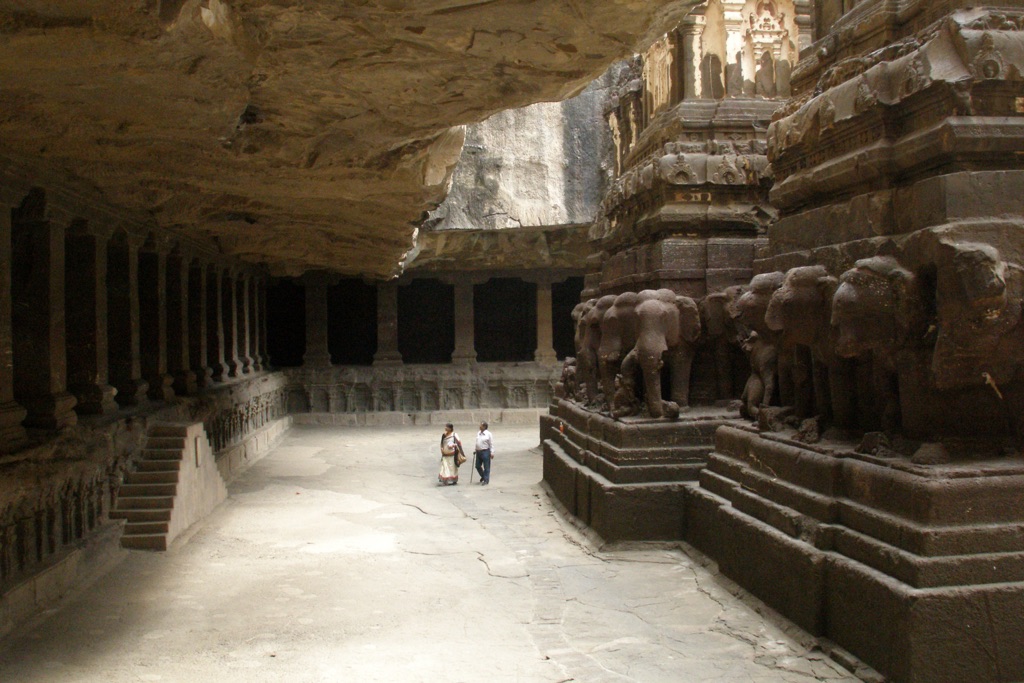The Ellora Caves, a UNESCO World Heritage Site, are an impressive complex of rock-cut temples and monasteries. They represent the epitome of Indian rock-cut architecture. Located in the Aurangabad district of Maharashtra, India, these caves are renowned for their monumental caves and are a testament to the religious harmony prevalent during the period of their construction. The site features over 100 caves, of which 34 are open to the public. These include Buddhist, Hindu, and Jain temples, each illustrating the spirit of tolerance that was characteristic of ancient Indian civilization.
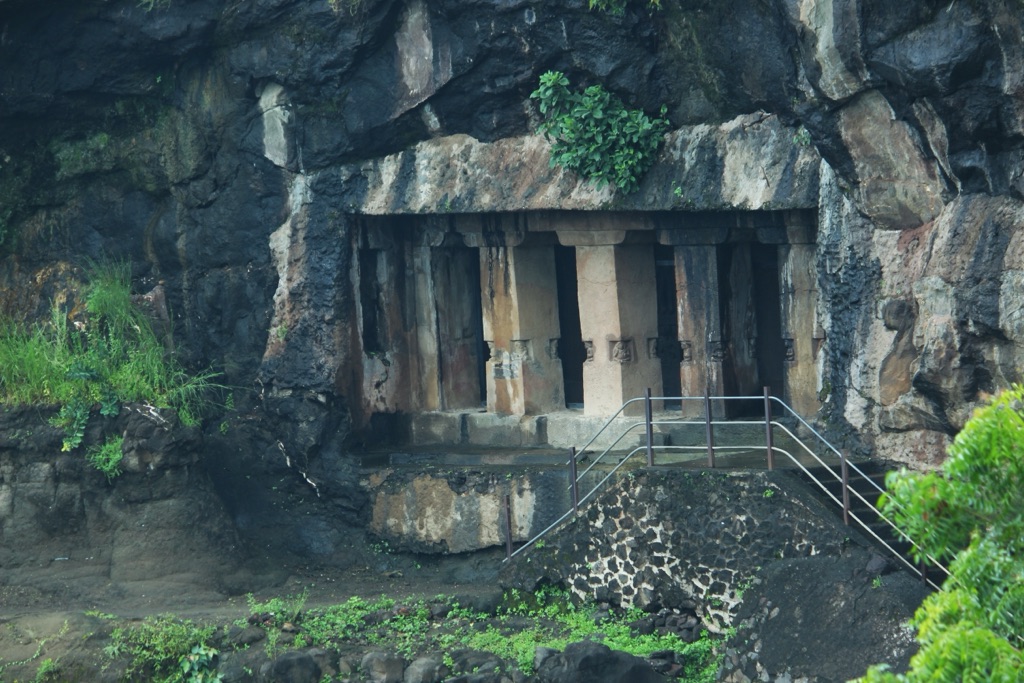
Aurangabad Caves
The Aurangabad Caves are a group of 12 rock-cut Buddhist shrines located in Aurangabad, Maharashtra, India. They date back to the 6th and 7th centuries AD and are renowned for their stunning architecture and remarkable sculptures. These caves are divided into three separate groups and are known for their iconography and artistic merit, particularly Cave 2, which houses an exquisite sculpture of a Bodhisattva praying for deliverance. The caves offer a rich tapestry of ancient Indian history and religious art, reflecting the Buddhist traditions and the intermingling of Hindu and Jain influences over time.
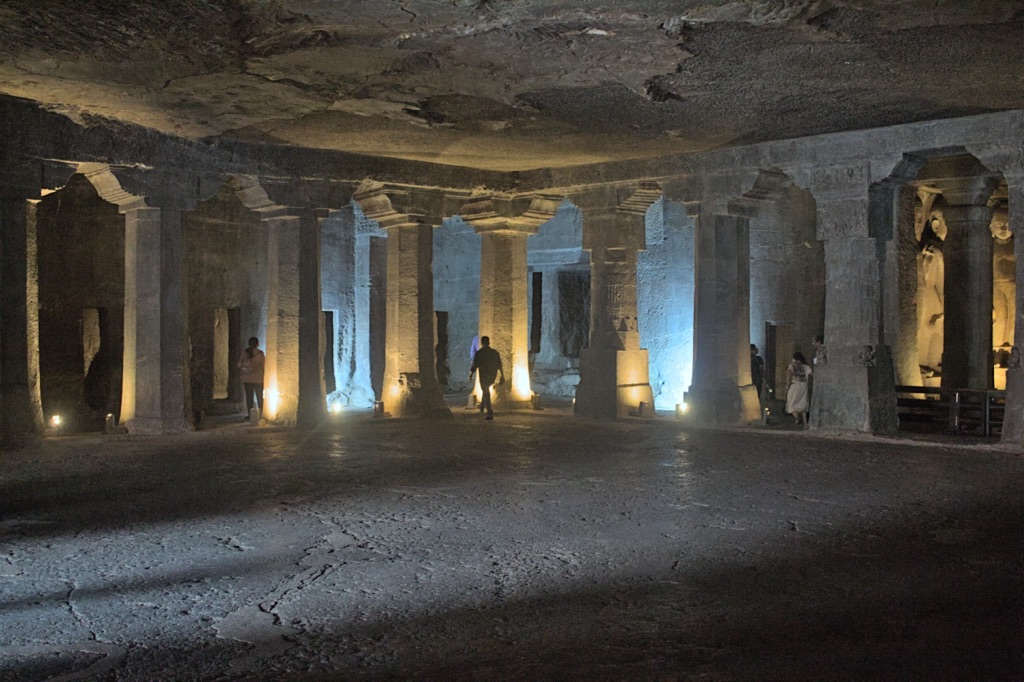
Ajanta caves
The Ajanta Caves are a breathtaking series of 30 rock-cut Buddhist cave monuments in Maharashtra, India. They are renowned for their magnificent paintings and sculptures, which are considered masterpieces of Buddhist religious art. Dating back to the 2nd century BCE, these caves were used as retreats by Buddhist monks during the monsoon season. The caves were abandoned and forgotten until their rediscovery by a British officer in 1819. Today, they stand as a testament to the rich cultural heritage of ancient India and are a UNESCO World Heritage Site.
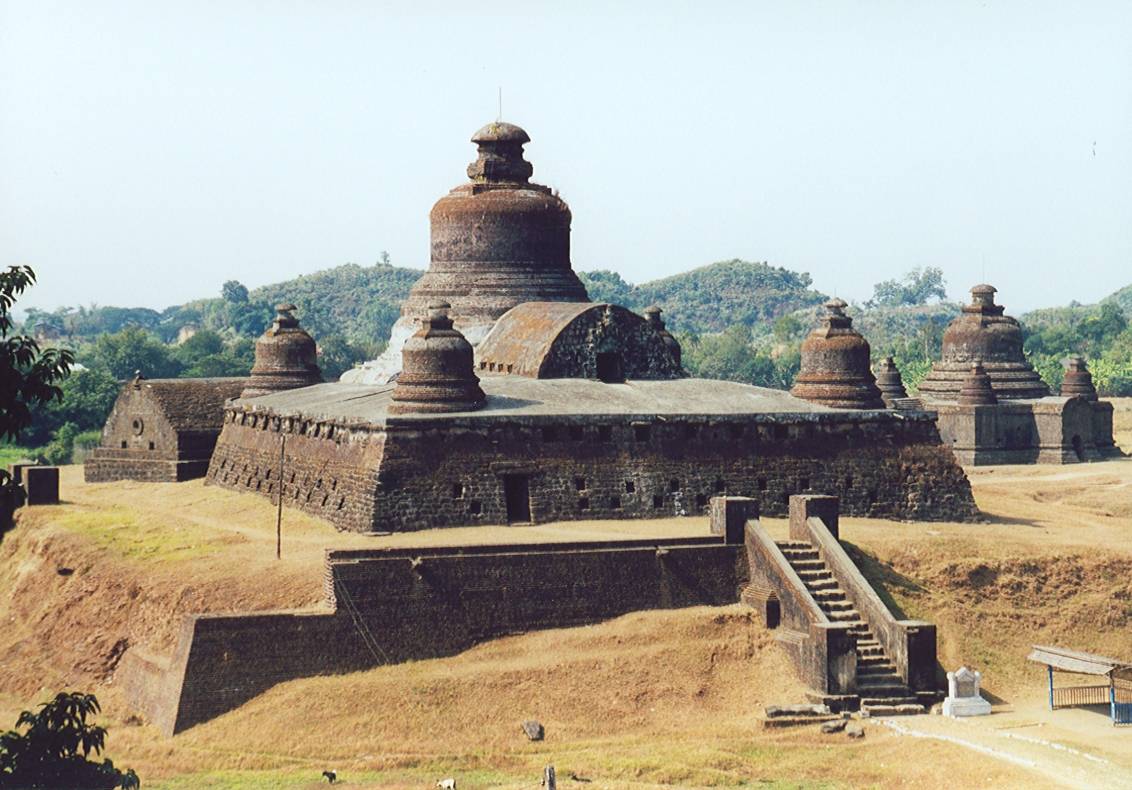
Htukkanthein Temple
The Htukkanthein Temple, nestled in the ancient city of Mrauk U in Myanmar, stands as a testament to the architectural ingenuity of the Arakanese during the 16th century. This Buddhist temple, known for its fortress-like appearance, is one of the most prominent landmarks in the region. It features a unique layout with a central corridor and multiple chambers housing over a hundred Buddha images. The temple’s strategic elevation on a hill and its intricate carvings and sculptures reflect the religious devotion and artistic sophistication of its creators.
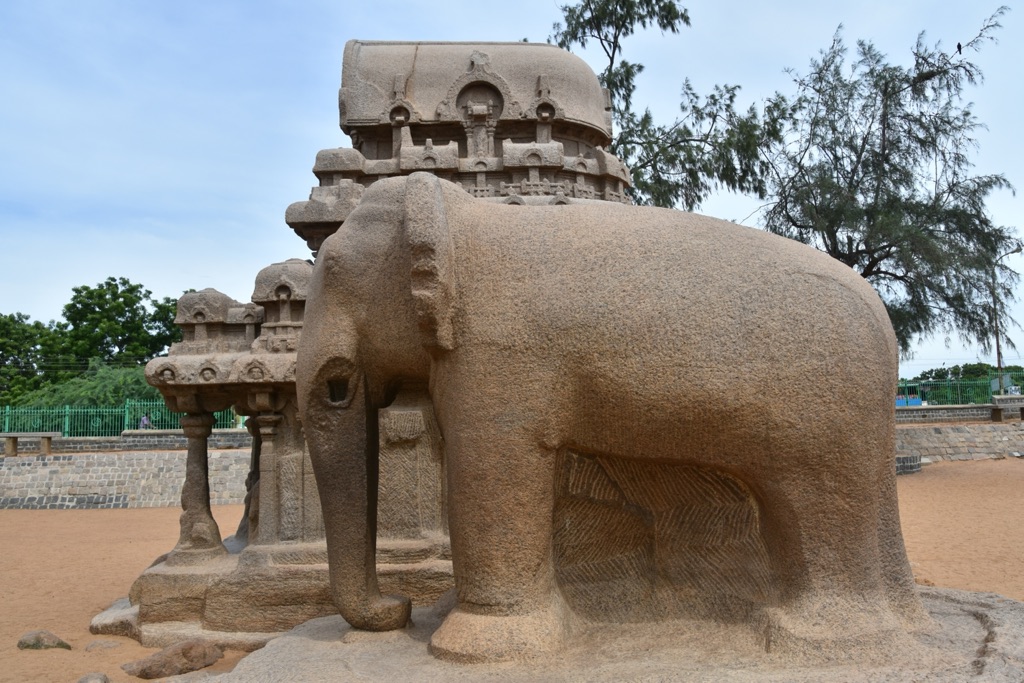
Pancha Rathas
The Pancha Rathas is an exemplary set of rock-cut temples located in the coastal town of Mahabalipuram, in the state of Tamil Nadu, India. These ancient structures, carved during the 7th century, are named after the Pandavas, the heroes of the Indian epic Mahabharata. The site is unique for its monolithic architecture, with each temple carved from a single piece of stone. The Pancha Rathas complex is part of the Group of Monuments at Mahabalipuram, which UNESCO designated as a World Heritage Site in 1984.
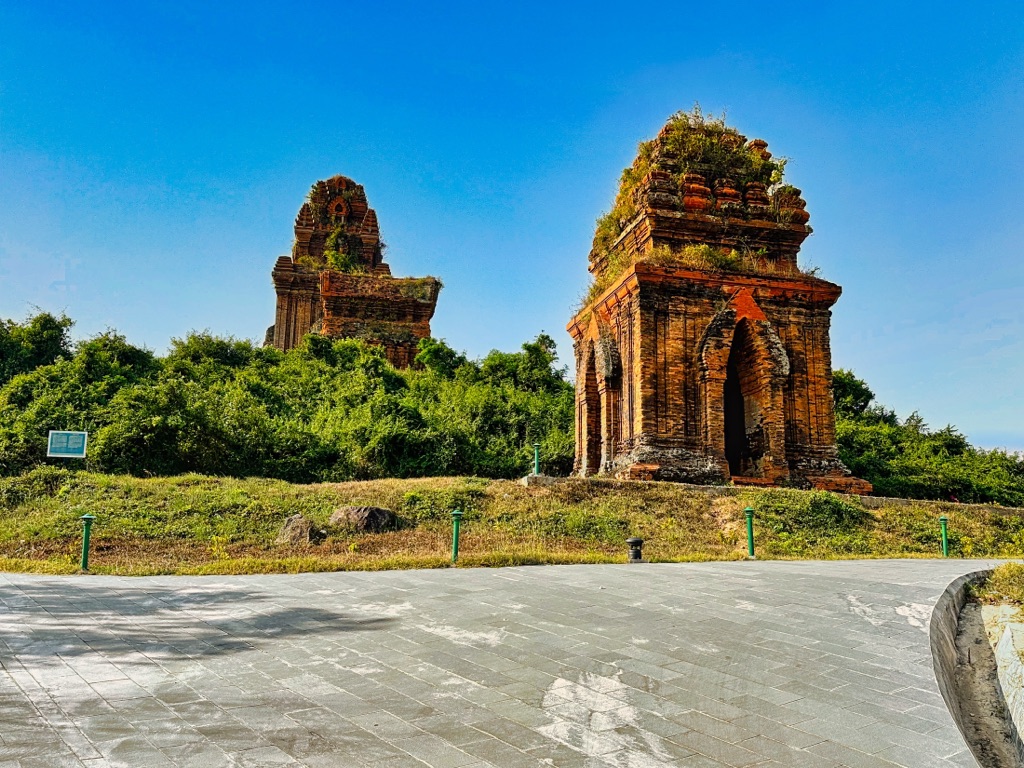
Banh It Towers
The Banh It Towers are a striking example of Cham architecture in Central Vietnam. These ancient Hindu temples date back to the Champa Kingdom, which flourished between the 7th and 15th centuries. Perched on a hill in Binh Dinh Province, the towers offer a glimpse into the spiritual and cultural life of the Cham people. The site consists of several towers, each serving a distinct religious purpose, and is renowned for its intricate brickwork and carvings.

